| Launch:2024-01-03 |
1. Research background
Tea culture has a long history in China, and there are many kinds of tea. According to the order of production scale, it can be divided into six categories: green tea, oolong tea, black tea, black tea, white tea and yellow tea[1]. Tea is rich in a variety of nutrients, such as protein, amino acids, tea polyphenols, tea polysaccharides, caffeine, lipopolysaccharide, carbohydrates and various vitamins and mineral elements, which are very beneficial to human health.
The evaluation system of tea has used near-infrared spectroscopy technology earlier, and this application has been started since the 1970s. Near-infrared spectroscopy means that when different wavelengths of infrared light emitted by the light source in the infrared spectrometer irradiate the tested sample, the infrared spectrum absorbed by the sample is consistent with the vibration and rotation frequency of the sample molecules. The resulting spectrum contains a wealth of material composition information. Through the analysis of the characteristics of the spectral band, we can get the structure and composition information of related substances [2].
Xiong Lihua used near infrared spectroscopy and chemometrics to carry out quantitative analysis of crude fiber, water and ash content in tea. The external verification of the established near infrared spectrum quantitative analysis model shows that there is no significant difference and the consistency is good [3].
2. Measurement of near infrared reflectance spectra of tea in different states
2.1 Experimental samples
Customers send samples: 1. dry tea; 2. fresh leaves.
Soak the dry tea as required and dry the fresh leaves for two days.
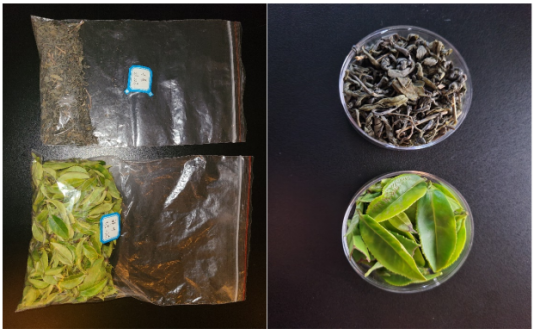
Figure 1: tea sample diagram
2.2 Experimental process
1. Connect the Y-type reflection fiber to the spectrometer NIRPro and the tungsten lamp respectively, fix the probe end on the reflection bracket, connect the USB data line to the spectrometer and the computer, and turn on the power supply of the spectrometer and the tungsten lamp.
2. Turn off the tungsten light source, collect the NIRPro dark noise of the spectrometer, save the dark background, turn on the light source, collect the reflection spectrum of the standard whiteboard, and save the bright spectrum.
3. Place the sample under the reflection probe and try to keep the distance between the reflection probe and the sample consistent with the distance of the whiteboard when preserving the bright spectrum.
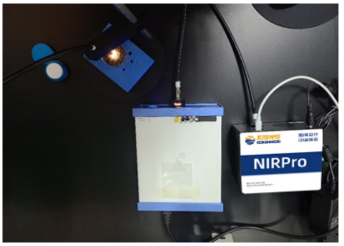
Figure 2: equipment construction and acquisition process
The sample collection parameters are set as follows:
Integration time: 1500ms.
At least 5 parallel spectra were collected from each sample.
2.3 Experimental results
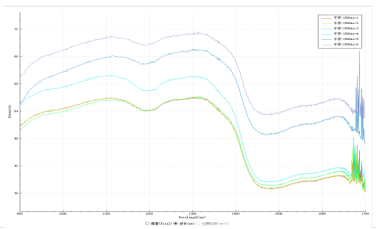
Figure 3: near infrared reflectance spectrum of dried tea
The near infrared diffuse reflectance spectrum of dried tea is shown in figure 3. It can be seen from the picture that there are obvious troughs in dry tea near 1200nm and 1450nm, in which the trough near 1450nm is presumed to be caused by the absorption of water molecules. The water content of tea in different states can be compared by the change of the intensity of the trough.
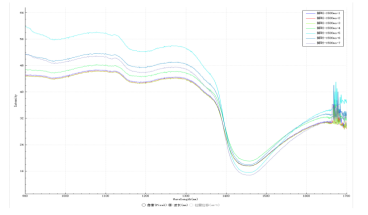
Figure 4: near infrared reflectance spectrum of fresh leaves
The near infrared diffuse reflectance spectrum of fresh leaves is shown in figure 4. It can be seen from the picture that there are obvious troughs in the fresh leaves near 1200nm and 1450nm, and the trough at 1450nm is more obvious.
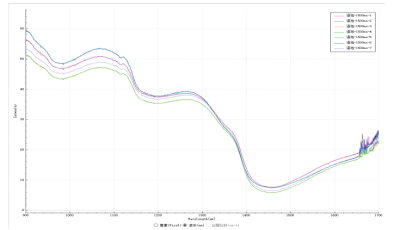
Figure 5: near infrared reflectance spectrum of dried tea after soaking
The near infrared reflectance spectrum of dried tea after soaking is shown in figure 5. It can be seen from the picture that there are troughs near 800nm, 1200nm and 1450nm after soaking, and the trough is more obvious than that before soaking, indicating that the increase of water molecules increases the absorption of near infrared.
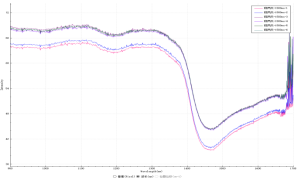
Figure 6: near infrared reflectance spectrum of fresh leaves after drying
The near infrared reflectance spectrum of dried tea after soaking is shown in figure 6. It can be seen from the picture that there are obvious troughs in the vicinity of 1200nm and 1450nm, in which the trough at 1400nm is lower than that of fresh leaves before drying, indicating that the water molecules are reduced and the absorption of near infrared is reduced.
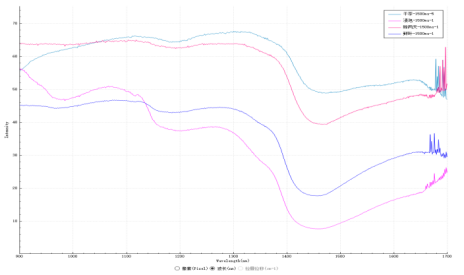
Figure 7: near-infrared reflectance spectra of four states of tea
The comparison of near-infrared reflectance spectra of tea in four states is shown in figure 7. It can be seen from the picture that the intensity values near 1450nm are in the following order: after soaking > fresh leaves > after drying > dried tea, so the order of judging water content from large to small is: after soaking > fresh leaves > after drying > dried tea.
2.4 Experimental conclusions.
1. The near infrared reflectance spectra of dried tea, fresh leaves, soaked dry tea and dried tea were collected respectively, and different intensities of absorption were collected at 1450nm.
2. By comparison, it is found that the order of water content judging from the intensity of trough at 1450nm is: after soaking > fresh leaves > after drying > dried tea.
Reference
[1] 王梦东, 王胜鹏. 适用于 3 类茶的定性分类及主要内含成分定量分析的近红外预测模型的建立[J]. 华中农业大学学报, 2015, 34(01):123-127.
[2] Kasemsumran, S.; Thanapase, W.; Kiatsoonthon, A. Feasibility of near-infrared spectroscopy to
detect and to quantify adulterants in cow milk[J]. Analytical Sciences 2007, 23(7):907-910.
[3]熊利华. 近红外光谱法快速检测茶叶中粗纤维、水分和灰分的研究[D].东华理工大学,2018.
3. Instrument recommendation
NIRPro near infrared fiber spectrometer
Product introduction
NIRPro is a near-infrared fiber spectrometer with traditional CT optical path design and linear array InGaAs detector. NIRPro has good temperature stability, and the wavelength offset is less than 2 pixels in the temperature range of 5-35 ℃. Using N.A0.11 high-throughput optical path and configurable different engraving gratings, this product has better sensitivity and consistency than the same type of products.

Product characteristics
Ø According to customers' requirements, different specifications of InGaSe detectors and gratings can be configured to meet customers' multi-wavelength, signal-to-noise ratio and response requirements.
Ø Deep cooling detector with high signal-to-noise ratio.
Ø It is small in size and can meet the development needs of a variety of near infrared instruments.
Ø Optimized CT optical path design, NA.0.11, high luminous flux and high sensitivity.
Ø It can be configured with high-speed drive circuit board, and the frame rate can reach 4K/S as fast as possible.
Ø With Key-SMA905, high consistency of insertion and unplugging.
Ø Specialized production industry, high batch consistency and good temperature stability
Application field
Ø Petroleum petrification.
Ø On-line monitoring of ZIP Pharmaceutical.
Ø Plastic recycling.
Ø Scientific research.
Ø Rapid detection of textile products.
Ø ZD semiconductor luminescence

